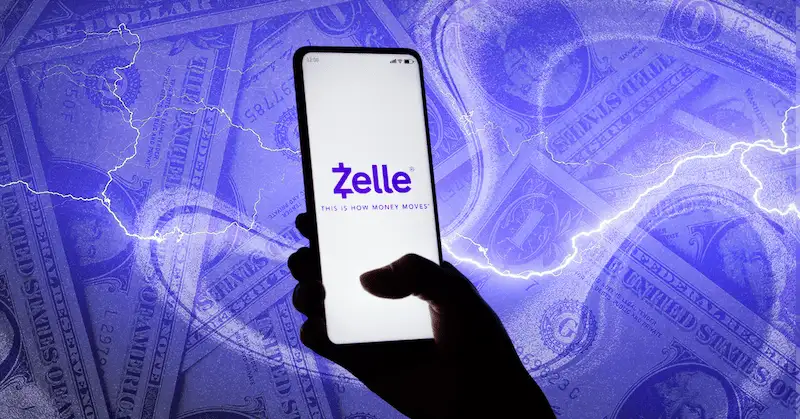Nothing like a restful weekend of watching #BankCrash trend. Many questions surrounding the implosion of Silicon Valley Bank, a staple in the startup world, can’t be answered yet.
SVB collapsed hard — and fast — last week when insolvency fears sent investors and clients racing to pull out their money. Federal regulators stepped in, assuring depositors they could access their funds again starting today.
Let’s start to unpack this thing
SVB goes down as the second-biggest bank failure in US history, per The Wall Street Journal. (RIP, WaMu.) But this isn’t a 2008 rerun, experts caution.
What’s different? A healthier economy, with the big banks still looking strong. Plus, SVB carried unique vulnerabilities. Leaning on a roster of venture-backed clients, they faced downwind effects from VC’s increasingly rough year.
Other non-diversified banks will sweat, but major systemic cracks haven’t materialized (yet). The immediate focus: tamping down panic that could lead to a run on any other firms.
And all this means what, exactly?
Economic journalist Noah Smith summed up this moment as “one more shoe dropping in the slow deflation of the Second Tech Boom.”
This week will reveal much more. As the story remains volatile, there are very few clear takeaways right now. But we do know of some winners so far:
- FDIC limit awareness: Having more than $250k? Good problem to have. Having it all in one account? Risky.
- Subpoena enthusiasts: Some SVB execs cashed out with questionable timing. Last-gasp bonuses were dispersed. Scrutiny lovers are in for a great week.
On the other hand, it’s surely not a great week ahead for:
- VC. Some VCs described “sheer panic,” per Fortune. Adding to the uncertainty: SVB was a prominent lender and investor for leading firms.
- The person who wipes the egg off Jim Cramer’s face.
